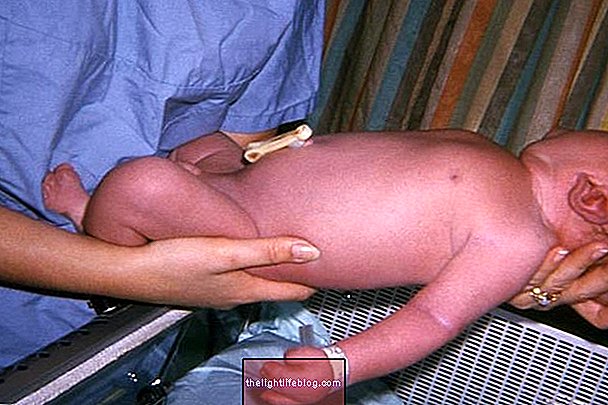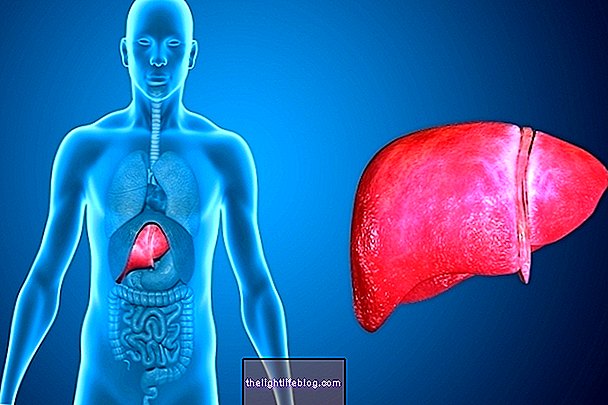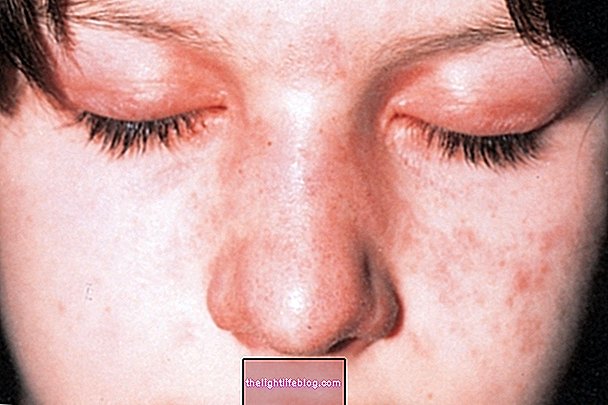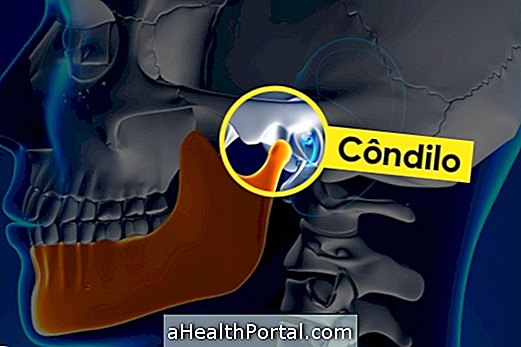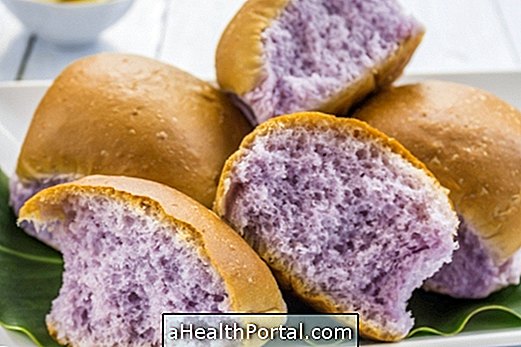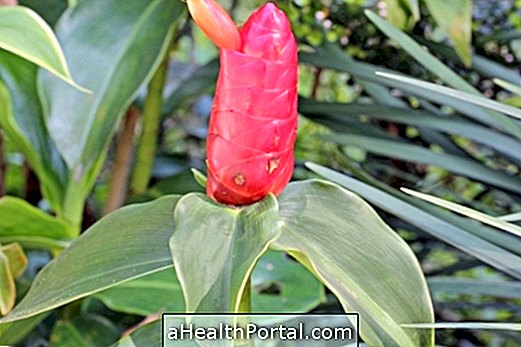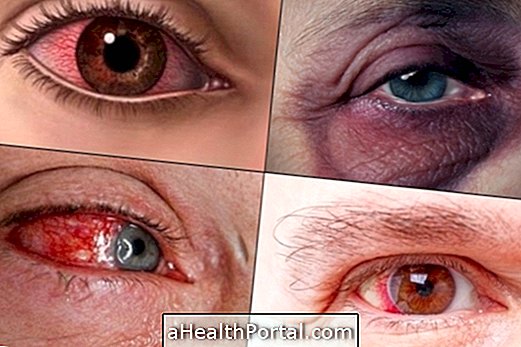Alcaptonuria, also called ochronosis, is a rare disease characterized by an error in the metabolism of the amino acids phenylalanine and tyrosine, due to a small mutation in the DNA, resulting in the accumulation of a substance in the body that under normal conditions would not be identified in the blood.
As a consequence of the accumulation of this substance, there are the appearance of signs and symptoms typical of the disease, such as darker urine, bluish ear wax, pain and stiffness in the joints and spots on the skin and ear, for example.
Alcaptonuria has no cure, however the treatment helps to reduce symptoms, and it is recommended to follow a diet low in foods containing phenylalanine and tyrosine, in addition to increasing consumption of foods rich in vitamin C, such as lemon, for example.

Symptoms of alkaptonuria
Symptoms of alcaptonuria usually appear early in childhood, when darker urine and spots on the skin and ears, for example, are noticed. However, some people only become symptomatic after the age of 40, which makes treatment more difficult and the symptoms are usually more severe.
In general, the symptoms of alkaptonuria are:
- Dark, almost black urine;
- Bluish ear wax;
- Black spots on the white part of the eye, around the ear and larynx;
- Deafness;
- Arthritis that causes joint pain and limited movement;
- Cartilage stiffness;
- Kidney and prostate stones, in the case of men;
- Heart problems.
The dark pigment can accumulate on the skin in the regions of the armpit and groin, which, when perspiring, can pass to the clothes. It is common for the person to have difficulty breathing due to the process of stiff costal cartilage and hoarseness due to the stiffness of the hyaline membrane. In the late stages of the disease, acid can accumulate in the veins and arteries of the heart, which can lead to serious heart problems.
The diagnosis of alkaptonuria is made by analyzing the symptoms, mainly by the dark coloration characteristic of the disease that appears in various parts of the body, in addition to laboratory tests that aim to detect the concentration of homogentisic acid in the blood, mainly, or to detect the mutation through molecular examinations.
Why it happens
Alcaptonuria is an autosomal recessive metabolic disease characterized by the absence of the homogentisate dioxigenase enzyme due to a change in DNA. This enzyme acts in the metabolism of an intermediate compound in the metabolism of phenylalanine and tyrosine, homogentisic acid.
Thus, due to the lack of this enzyme, this acid accumulates in the body, leading to the appearance of the disease symptoms, such as dark urine due to the presence of homogeneous acid in the urine, appearance of blue or dark spots on the face and eye and pain and stiffness in the eyes. joints.
How the treatment is done
The treatment for alkaptonuria has the objective of relieving the symptoms, since it is a genetic disease of recessive character. Thus, the use of analgesics or anti-inflammatory drugs may be recommended to relieve joint pain and cartilage stiffness, in addition to physiotherapy sessions, which can be done with corticosteroid infiltration, to improve the mobility of the affected joints.
In addition, it is recommended to follow a diet low in phenylalanine and tyrosine, since they are precursors of homogentisic acid, so it is recommended to avoid the consumption of cashews, almonds, Brazil nuts, avocados, mushrooms, egg white , banana, milk and beans, for example.
Intake of vitamin C, or ascorbic acid, is also suggested as a treatment, since it is effective in reducing the accumulation of brown pigments in the cartilage and developing arthritis.
Was this information helpful?
Yes No
Your opinion is important! Write here how we can improve our text:
Any questions? Click here to be answered.
Email in which you want to receive a reply:
Check the confirmation email we sent you.
Your name:
Reason for visit:
--- Choose your reason --- DiseaseLive betterHelp another personGain knowledge
Are you a health professional?
NoMedicalPharmaceuticalsNurseNutritionistBiomedicalPhysiotherapistBeauticianOther
Bibliography
- LAMAS, Joana P. S. Alkaptonuria: An obscure disease. Master's thesis, 2016. Faculty of Medicine, University of Porto.
- COUTINHO, Inês; RIVERA-MONGE, Daniela; PORTELA, Renata et al. Alkaptonuria - case report. 2016. Available at:.
